Volume 43 Number 2 (2012.6)
Special Feature
Biotechnology
Part I. Special Feature
Overview
Research Reports
-
pages 1-7
Nobuhiro Ishida, Nemuri Todaka and Shigeharu Moriya
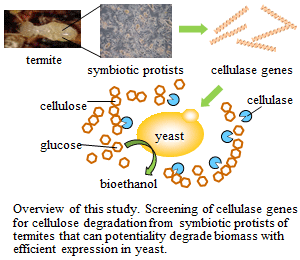
It is known that the termite degrades biomass highly effectively with cellulases from symbiotic protists. For direct and efficient ethanol production from cellulosic materials, we identified cellulases from the symbiotic protists of termites for secretory production with the yeast, Saccharomyces cerevisiae. -
3. Engineering of Biomass-degrading Enzymes Using a Cell-free Expression System
 (600kB)
(600kB)pages 9-15
Chie Imamura
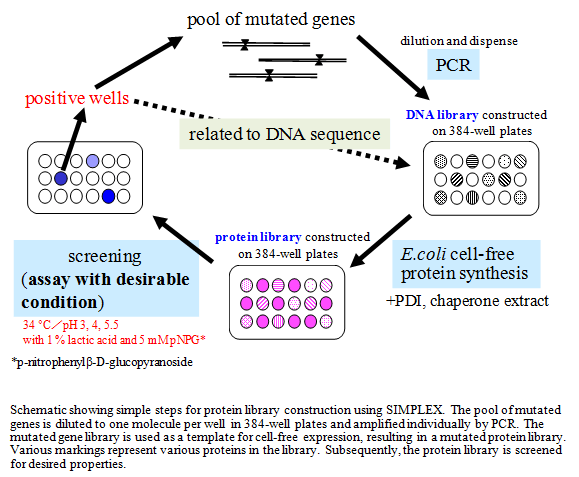
We attempted to increase the catalytic activity of biomass-degrading enzymes, with the aim of developing low-cost enzymatic saccharification systems for biorefinery applications or biofuel production. First, we focused on establishment of a functional cell-free expression system. Second, we improved the BGL activity under acidic conditions using a novel protein evolutionary method named SIMPLEX.
-
4. L-lactic Acid Fermentation under Non-neutralizing Conditions and Oligomerization
 (682kB)
(682kB)pages 17-24
Takashi Shimamura, Nobuhiro Ishida and Min-Tian Gao
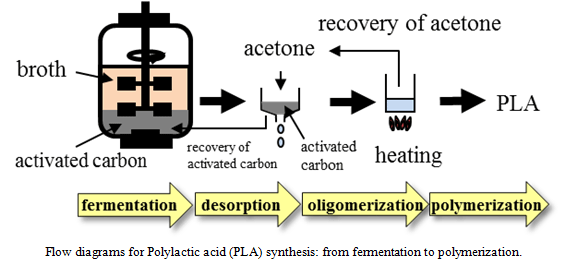
To simplify the purification process after lactic acid fermentation, we have developed extractive fermentation and adsorption fermentation methods performed under non-neutralizing conditions. In the adsorption fermentation method, we succeeded in producing oligomers with high optical purities by an integrated process involving fermentation using activated carbon, desorption with acetone, and direct oligomerization of lactic acid.
-
5. Microbial Production of Isoprenoid Compounds
 (1,602kB)
(1,602kB)pages 25-33
Kenro Tokuhiro, Masayoshi Muramatsu, Chikara Ohto and Shusei Obata
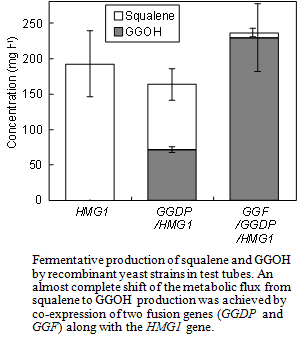
Isoprenoid compounds have recently received increased attention as precursors of drugs and renewable advanced biofuels. We explored overproduction of geranylgeraniol (GGOH), a valuable isoprenoid compound, by genetically engineered yeast. Overexpression of several key enzymes and gene fusion techniques enabled a substantial amount of GGOH production.
-
6. Development of Genetic Switch to Control Metabolic Flow in Saccharomyces cerevisiae
 (558kB)
(558kB)pages 35-42
Takashi Matsuyama and Mamoru Yamanishi
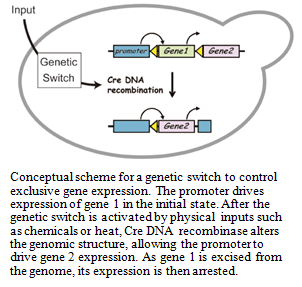
The control of metabolic flow is a prerequisite for efficient chemical production in transgenic microorganisms. We developed a Cre-lox genetic switch to dynamically control the exclusive expression of two genes. With this genetic switch, we propose a "metabolic shift" concept that controls metabolic flow by the exclusive expression of a pyruvate decarboxylase gene and a lactate dehydrogenase gene.
Part II. Highlighted Papers
Research Reports
-
7. Direct Synthesis of Organic Compounds from CO2, Water and Sunlight
 (903kB)
(903kB)pages 43-52
Tsutomu Kajino, Takeshi Morikawa, Shunsuke Sato, Takeo Arai, Tomiko M. Suzuki,
Keiko Uemura, Ken-ichi Yamanaka, Shu Saeki and Hiromitsu Tanaka
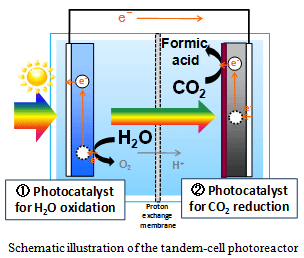
We developed a hybrid photocatalyst for CO2 reduction, composed of InP and a Ru-complex. The photoreduction of CO2 to formate using water as both an electron donor and a proton source was successfully achieved as a Z-scheme system (tandem-cell photoreactor) by functionally conjugating the hybrid photocatalyst for CO2 reduction with a TiO2 photocatalyst for water oxidation. The conversion efficiency from solar energy to chemical energy was ca. 0.04%.
-
pages 53-61
Yutaka Inamori and Nobuyuki Yamada
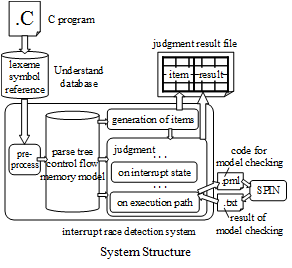
Interrupt handlers are used in vehicle control programs for high responsiveness but are a possible cause of data races. The present paper describes a detection method for interrupt race conditions that produces no false negatives and a smaller number of false positives. The proposed method is characterized by a mechanism whereby the masses of false positives are sifted through using five types of static code analysis methods that are free from false negatives. -
pages 63-72
Mamoru Mizutani, Yuri Yamada, Tadashi Nakamura and Kazuhisa Yano
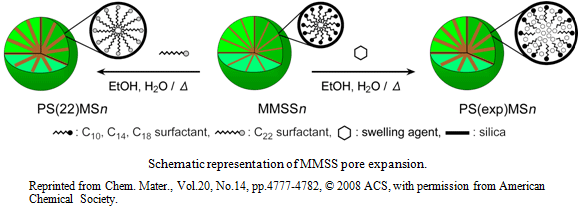
A novel post-treatment method was used to expand the mesopores of monodispersed mesoporous silica spheres (MMSS) up to 5.5 nm while retaining highly uniform spherical morphology. FePt-MMSS composites were also successfully prepared using this method, of which the mesoporosity was maintained and ferromagnetic behavior was exhibited at room temperature.
-
10. A Fractal-based Flame Propagation Model for Large Eddy Simulation
 (1,334kB)
(1,334kB)pages 73-81
Hidemasa Kosaka, Yoshihiro Nomura, Makoto Nagaoka, Masahide Inagaki and Masato Kubota
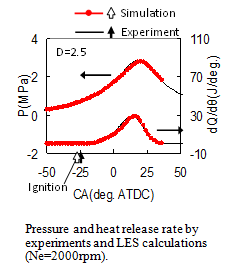
A novel Combustion model for the large-eddy simulation (LES) of gasoline engines is developed. Unlike the conventional models based on Reynolds averaged Navier-Stokes (RANS) models, the new model is originally described by means of fractal characteristics of flame front. The validity of this fractal combustion model is examined through the experimental combustion period and cyclic variations. These results agree well with results.
